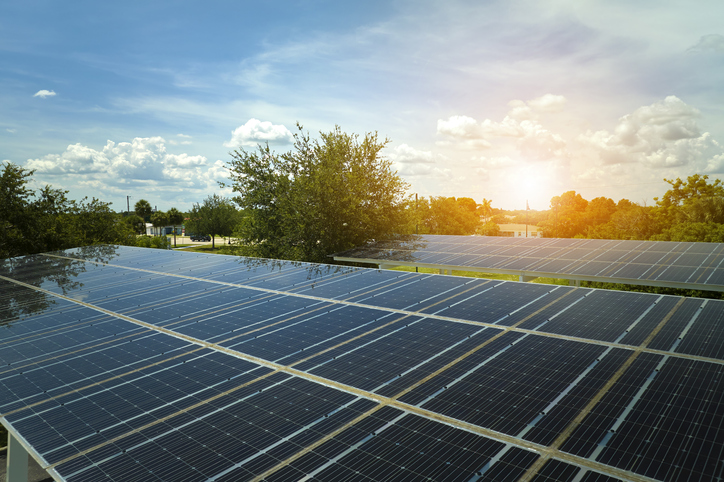Unless you are using DC optimizers, there is absolutely no sense to putting panels with different orientations into any one series string.
You will not be able to use any of the output of the lower-producing panels at the same time as the full output of the better insolated panels.
Putting different orientations (complete strings) in parallel into one MPPT input, on the other hand, can often work out just fine.
You will not be able to use any of the output of the lower-producing panels at the same time as the full output of the better insolated panels.
Putting different orientations (complete strings) in parallel into one MPPT input, on the other hand, can often work out just fine.









Comment